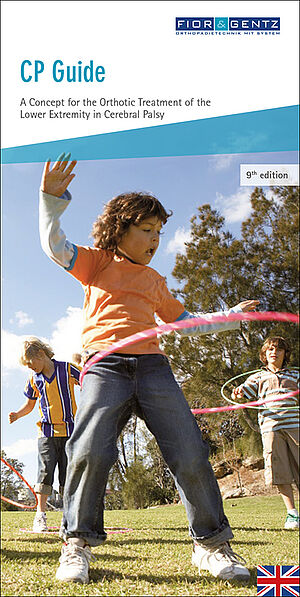Physical Examination for CP Patients
- Physical Exam
- Planning the Orthosis
- Model Technique
- Handing Over the Orthosis
- Maintenance
- Products in the Spotlight
- Downloads
FIOR & GENTZ
Gesellschaft für Entwicklung und Vertrieb von orthopädietechnischen Systemen mbH
Dorette-von-Stern-Straße 5
D-21337 Lüneburg
Tel.: +49 4131 24445-0
Fax: +49 4131 24445-57
E-Mail: info(at)fior-gentz.de
Beratung und Technischer Support
Physical Exam
for CP Patients
In order to ensure the best orthotic treatment of patients with cerebral palsy, a standardised basis for the evaluation of gait is necessary. The Amsterdam Gait Classification helps to classify CP patients and divides them into five gait types. It evaluates knee position and foot contact in mid stance. The patient classification is an essential factor for the physical exam for CP patients.
According to the "Concept for the Orthotic Treatment of the Lower Extremity in Cerebral Palsy " we provide an Orthotic Treatment Sheet which was specifically designed for CP patients. You will find detailed information about the concept in our CP Guide.
-
Body Weight and Height
-
Step 1/2
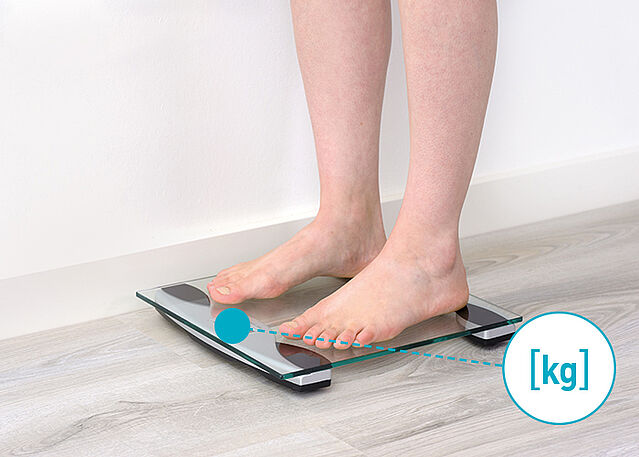
Body Weight
Determine the body weight. Foreseeable changes, like a weight gain due to growth, should be taken into consideration.Step 2/2
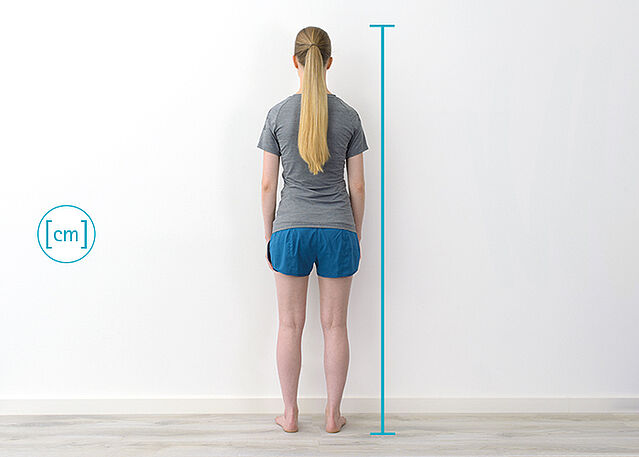
Body Height
Determine the body height. Foreseeable changes, like a change in height due to growth, should be taken into consideration.

-
Activity Level
-
Step 1/5
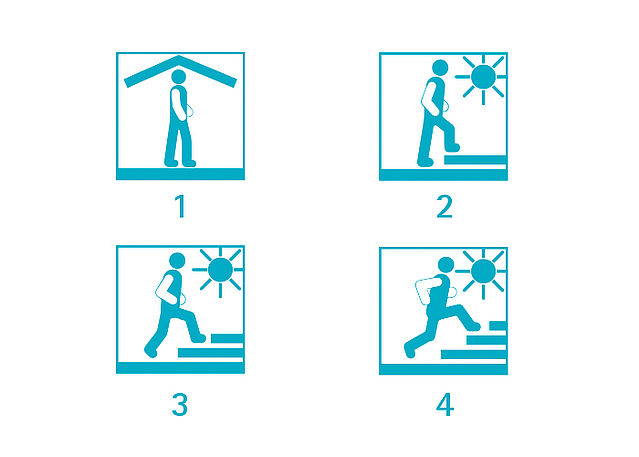
Activity Level
Evaluate the activity level together with your patient while already taking foreseeable changes into consideration.Step 2/5
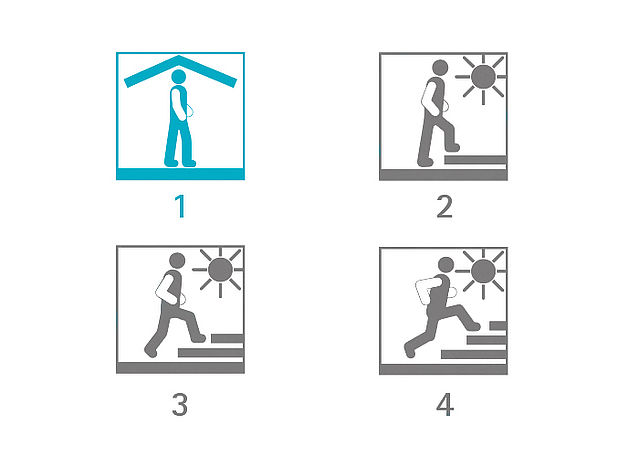
1. Indoor Walker
Activity level 1 corresponds to GMFCS level 4 and FMS level 2 Activity level 1 of the FIOR & GENTZ classification corresponds to level 4 of the GMFCS classification and to level 2 of the FMS classification. Both classification levels are described more detailed in the following.
GMFCS Level 4:
Patients can only walk with walking aids. They use a walker without help from another person. For climbing stairs they have to hold onto a railing and require help from another person. They can only walk with walking aids over long distances.
FMS Level 2:
Patients use a walker in addition to an orthosis in order to be able to walk without help from another person.Step 3/5
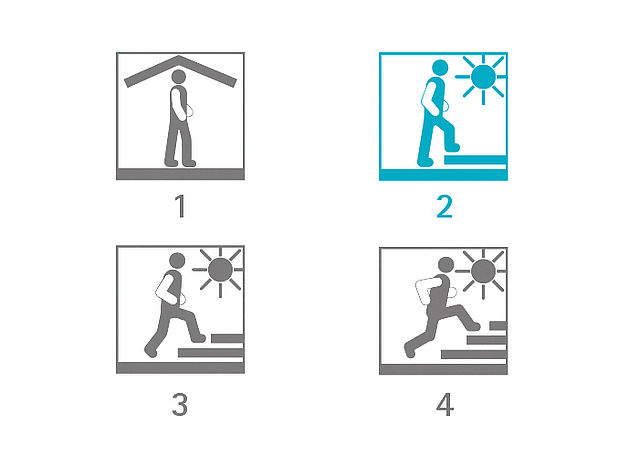
2. Restricted Outdoor Walker
Activity level 2 corresponds to GMFCS level 3 and FMS level 3 Activity level 2 of the FIOR & GENTZ classification corresponds to level 3 of the GMFCS classification and to level 3 of the FMS classification. Both classification levels are described more detailed in the following.
GMFCS Level 3:
Patients can only walk with walking aids. They use a walker without help from another person. For climbing stairs they have to hold onto a railing and require help from another person. They can only walk with walking aids over long distances.
FMS Level 3:
Patients use canes/crutches in addition to an orthosis in order to be able to walk without help from another person.Step 4/5
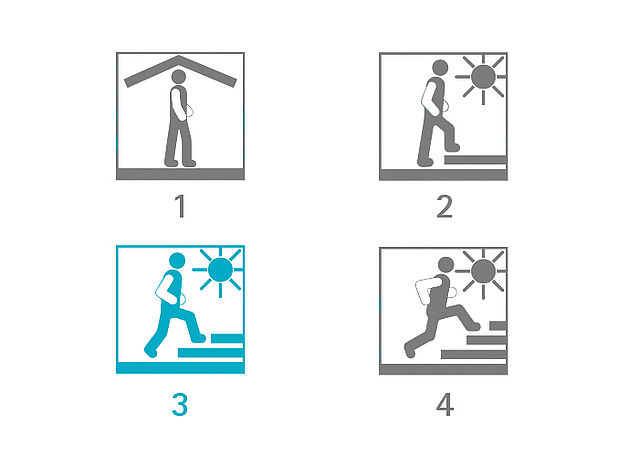
3. Unrestricted Outdoor Walker
Activity level 3 corresponds to GMFCS level 2 and FMS level 5 Activity level 3 of the FIOR & GENTZ classification corresponds to level 2 of the GMFCS classification and to level 5 of the FMS classification. Both classification levels are described more detailed in the following.
GMFCS Level 2:
Patients are usually able to walk without walking aids. For climbing stairs they have to hold onto the railing with one hand. Running, jumping, long distances, uneven terrain and crowded areas trouble the patients.
FMS Level 5:
Patients use no devices in addition to an orthosis and do not need any help from another person in order to be able to walk. For climbing stairs they have to hold onto the railing with one hand.Step 5/5
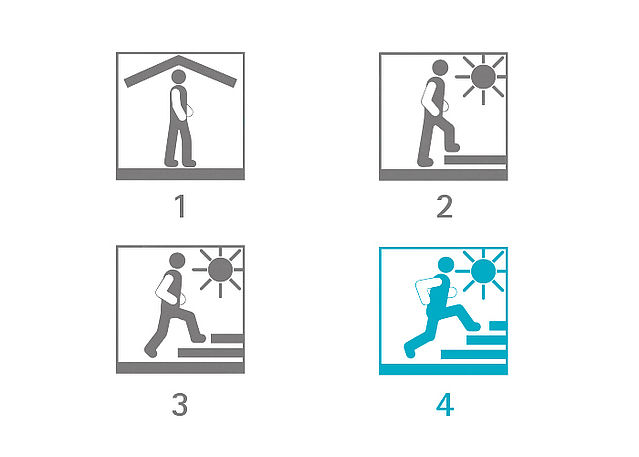
4. Unrestricted Outdoor Walker with Especially High Demands
Activity level 4 corresponds to GMFCS level 1 and FMS level 6 Activity level 4 of the FIOR & GENTZ classification corresponds to level 1 of the GMFCS classification and to level 6 of the FMS classification. Both classification levels are described more detailed in the following.
GMFCS Level 1:
Patients do not need any walking aids. Running, jumping as well as climbing stairs without the use of a railing do not pose a problem.
FMS Level 6:
Patients use no devices in addition to an orthosis and do not need any help from another person to be able to walk. They can walk on any terrain and in a crowded area.




-
Gait Types According to the Amsterdam Gait Classification
-
Step 1/1
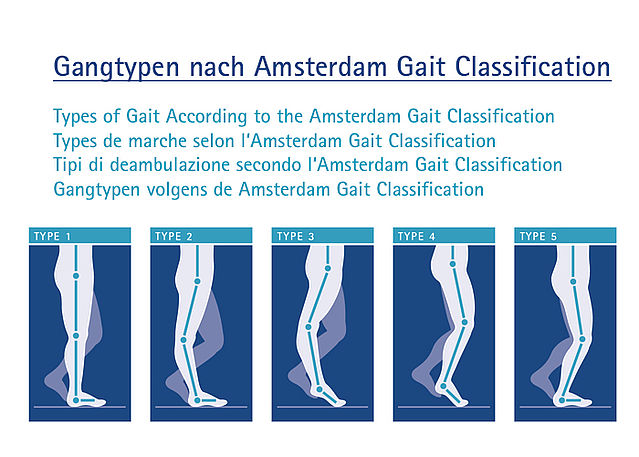
Gait Type
Determine the patient's gait type according to the Amsterdam Gait Classification.
FIOR & GENTZ
Gesellschaft für Entwicklung und Vertrieb von orthopädietechnischen Systemen mbH
Dorette-von-Stern-Straße 5
D-21337 Lüneburg
Tel.: +49 4131 24445-0
Fax: +49 4131 24445-57
E-Mail: info(at)fior-gentz.de
Beratung und Technischer Support
